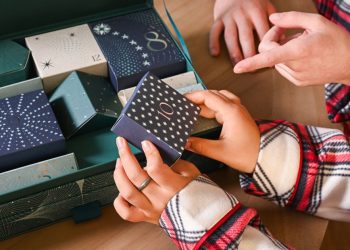
John Anderson (AJ7M), from Marysville, Washington on the air from home for the 2020 ARRL Field Day event, held June 27-28. Field Day is ham radio’s largest on-air annual event and demonstration.
Photo: John Anderson
Will the amateur airwaves fall silent? Since the dawn of radio, amateur operators—hams—have transmitted on tenaciously guarded slices of spectrum. Electronic engineering has benefited tremendously from their activity, from the level of the individual engineer to the entire field. But the rise of the Internet in the 1990s, with its ability to easily connect billions of people, captured the attention of many potential hams. Now, with time taking its toll on the ranks of operators, new technologies offer opportunities to revitalize amateur radio, even if in a form that previous generations might not recognize.
The number of U.S. amateur licenses has held at an anemic 1 percent annual growth for the past few years, with about 7,000 new licensees added every year for a total of 755,430 in 2018. The U.S. Federal Communications Commission doesn’t track demographic data of operators, but anecdotally, white men in their 60s and 70s make up much of the population. As these baby boomers age out, the fear is that there are too few young people to sustain the hobby.
“It’s the $60,000 question: How do we get the kids involved?” says Howard Michel, former CEO of the American Radio Relay League (ARRL). (Since speaking with IEEE Spectrum, Michel has left the…

























































